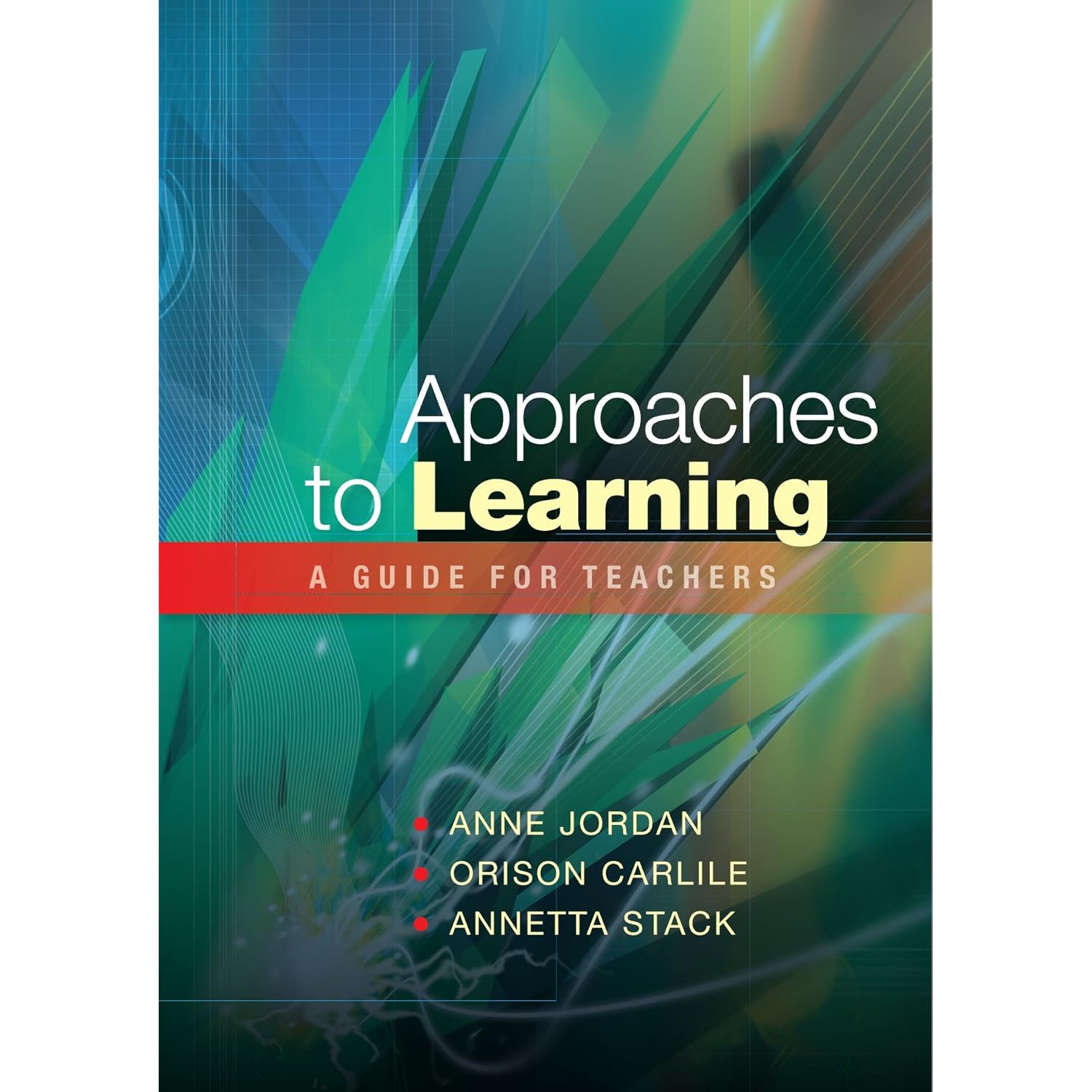"Enhancing University Teaching: Lessons from Research into Award-Winning Teachers" by David Kember and Carmel McNaught
This is the 7th post in my blog series reviewing a bunch of education literautre. The other posts can be found here:
- "When good teaching leads to bad results: The disasters of well taught Mathematics courses" by Alan Schoenfeld
- "A quick-start guide to the moore method" by Mahavier et al.
- "The inverted classroom in a large enrolment introductory physics course: a case study" by Simon Bates and Ross Galloway
- "Approaches to Learning: A Guide for Teachers" by Jordan et al.
- "A Characterization of Social Networks for Effective Communication and Collaboration in Computing Education" by G. Gannod and K. Bachman.
- "Bloom's Taxonomy Interpreted for Mathematics" by Lindsay Shorser
This book looks at various aspects of teaching in 3 parts:
- Identifying good teaching;
- How to practice good teaching;
- How to develop as a teacher.
- 44 instructors from Australia
- 18 instructors from Hong Kong
Here's a list of the Chapters:
- Introduction
- Method
- Generalisability of perceptions of quality in teaching
- Aims
- What to teach
- How to teach
- Motivating students
- Planning courses and lessons
- Teaching large classes
- Managing discussion and group work
- Ways of encouraging active learning
- Assessment
- Influences on good teachers
- Obtaining feedback
- Conclusion
"In Chapter 4 we established that the award-winning teachers believed that teaching was a process of facilitating student learning."My PCUTL mentor Cath put this quite nicely at the beginning of the whole process when during a discussion she summarised:
"Teaching is creating learning opportunities"So after spending some time going over common principals of good teaching. The book goes in to details about various aspects and day to day details. For example in Chapter 12 various aspects of assessment are considered and at one point the book considers "Peer assessment of contribution to group project". This section of the book interested me quite a bit as it's something I've been looking in to with +Paul Harper, it's nice to have some quote from teachers who use group evaluation forms. Here's what Stephanie Hanrahan a Sport Psychology lecturer from Queensland says:
"When I first started doing group assignments basically everyone in the group got the same mark and of course that didn't go over well if one student was carrying everybody else or whatever. Now I get each person in the group to fill out a group evaluation form."The book goes on to discuss a bunch of procedures and then neatly offers up some references such as "A survey of methods of deriving individual grades from group assessments" which I need to read and will probably review here at some point...
There are various other aspects of teaching that are considered in the book such as the use of technology, using problem based learning and various other things (looking at the Chapters should give an indication as to what is considered).
The final part of the book looks at how these good teachers "came in to existence":
"Many if not most, academics started their teaching careers with no formal training in teaching. Most of the existing university courses for new teachers are recent introduction."(I'm guessing PCUTL is one of those! :) )
The main conclusion from this part of the book in my opinion is that it takes time to become a good teacher and there are various ways of getting there which include influence from other teachers, feedback from students and a bunch of other stuff.
Conclusion
Big fan of this book. It covers a lot of aspects and as it's recent a bunch of these teachers are "around" so this book feel very relevant. A bunch of good references and ideas.
Here's my "PCUTL Mark" out of 10 which I'm using to say how useful this piece of literature is to me in the scheme of my pcutl portfolio (so it's not meant as a reflection of the quality of the paper which is subjective):
PCUTL Mark: 8

